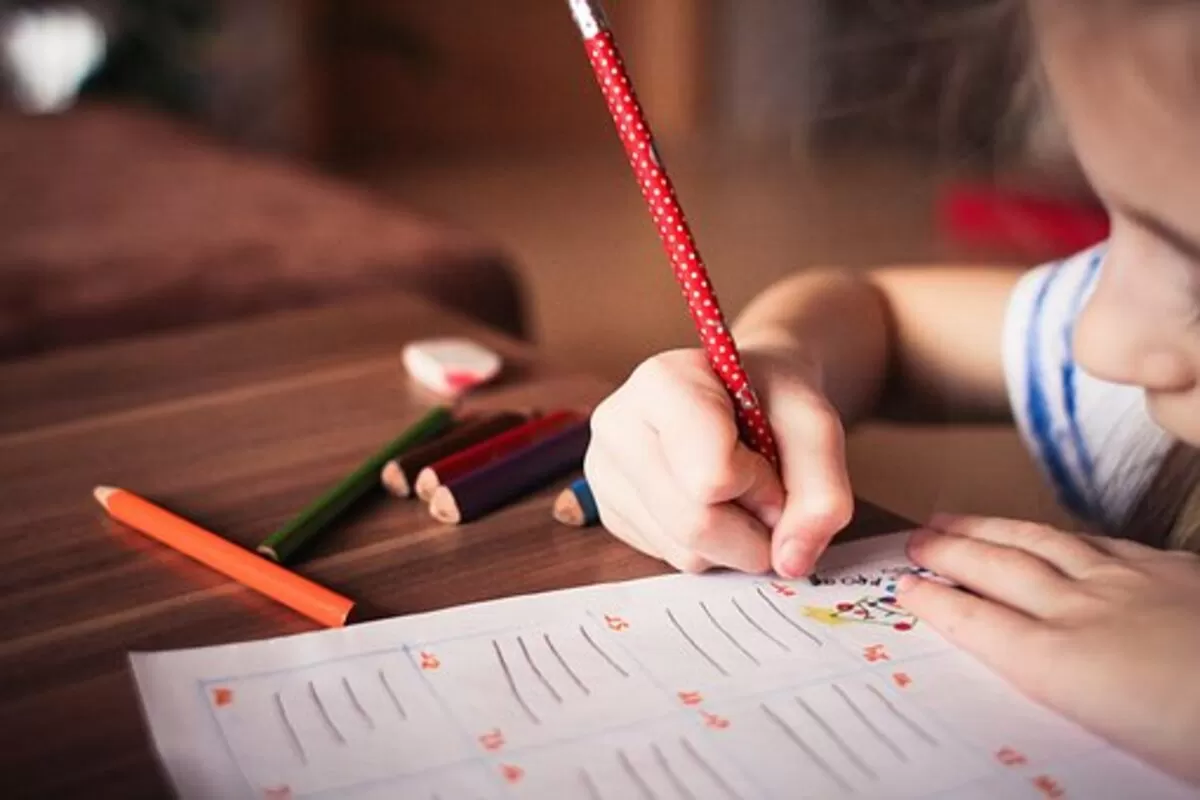

The author of this assessment has visited most of the existing institutions in various regions of Ukraine. While the lifestyle and conditions differ somewhat from one institution to another, mostly depending on the managerial capabilities of the institution leadership, the general pattern of life institutionalized children “enjoy” and their economic hardships allow for a general description of the state of affairs. With the political, social and economic transformation of Ukrainian society since independence, the situation in children in institutions has aggravated markedly. A large budget deficit has left the state allocating less than sufficient resources for the maintenance of all state institutions. Some orphanage directors have admitted in private conversations that their overall needs are funded at about 30% level and they are pushed to fundraise and rely on humanitarian and other donors’ assistance, in a way similar to indigenous social service non-governmental organizations (NGOs).
The situation with at-risk children in Ukraine is much worse today due to full-scale Ukraine – Russia war. Our program offers a unique mechanism of relief and support for at-risk Ukrainian children through individual child sponsorship: https://helpchildreninukraine.org/
Children in institutions usually sleep in large rooms with 8 to 40 beds in one room. Boys and girls have separate bedrooms from 7 y.o. Very rarely do children have their bedside cabinets, but they may have some closet space outside their shared bedroom. Most of the time, the children spend together in class during lessons (for children over 6 or 7), outside near the orphanage facilities walking or running around as there are almost no educational games or quality sports opportunities in most orphanages. Children eat together in large canteens and are rarely allowed to participate in cooking. The exception to that is tedious, noneducational work like peeling potatoes and doing all sorts of cleaning that children are asked to do throughout the day. Sometimes, there is one caretaker/teacher for 30 children or more, while the number of orphanage staff may reach one staffer per two children.
Children do not know what they deserve or have rights for (let alone the general rights of children adopted by the UN). More than frequently, the same teachers indoctrinate children on many subjects, like math, literature, physics, music, etc., due to the lack of qualified staff in any given institution. Children abide by strict rules, stand in line to get their food, or receive their bedding after relatively rare linen/clothing washing days. Most institutions don’t even aim to prepare children for future life – very rarely are life skills or job skills taught to children outside of institutions. Showers or baths (if available) are allowed in groups (boys and girls separately) as rarely as once a week or even rare than that. Frequently, there would be no hot water, so special arrangements have to be made to heat the water during the cold season. In summer, arrangement,ts to heat the water most often would not be made, and children are “encouraged” to use cool water available in the shower.
The majority of orphanage staff are older women, some of whom have been raised in institutions themselves and have not gone through any training on how to work with at-risk children. There are no university educational programs in the nation that train students to become orphanage teachers or social workers! Furthermore, no educational programs are preventing professional burnout for orphanage staff, most of whom work with children with special needs just by their institutional status. Most facilities would greatly benefit from repairs that have not been funded for years or decades. The roof would frequently leak in this or that part of the facility(ies). The same applies to institutions’ equipment and supplies. Institutions’ material base is described as “extremely poor.”
A diet in orphanages can be characterized as “meager” at best, many children develop or further deepen chronic diseases, which could be easily cured in the out-of-institution world. One good example is an 8-year-old Tanya, a very lovely orphanage girl who was sent to a particular orphanage for children with stomach problems. Unfortunately, upon returning from the orphanage after one year,, Tanya had a more severe stomach condition than she had before entering the orphanage. Additionally, the child returned aggressive, inattentive, and angry, which does not help cure stomach conditions.
Strict behavioral regulations in institutions discourage children from attaining assertive behavioral skills. Only the children that fully obey the rules, regardless of how illogical or noneducational they could be, are left in peace by the orphanage staff. Children are pushed to understand: exposing their emotions is dangerous and that keeping them to themselves is safe. Children who portray leadership skills, ask “too many questions,” and try to defend what they think their rights are – usually get punished. This results in the child’s protest with consequential action, for instance, aggressiveness or running away. Institution community life leads to a complete lack of ownership among institutionalized children – – another significant issue repeatedly raised by children experts. Children grow as pure consumers used to asking for things instead of making any effort to get them. Finally, many orphanage graduates do not have passports upon graduation – – given Ukrainian bureaucracy and lack of life skills among orphans, some graduates (of those who try) can’t get their tickets for years.
Hey there! Ready to embark on a historical journey with Air India? Whether you're a…
In 2017, altcoins were seen as experimental side projects to Bitcoin. By 2021, they became…
Shopping centers in Las Vegas have a unique opportunity to stand out by offering not…
Levitra, a widely recognized medication for treating erectile dysfunction (ED), has proven to be a…
Have you ever looked down at your carpet and wondered if there’s a budget-friendly way…
Counter-Strike 2 (CS2) has elevated the thrill of case openings, captivating both seasoned CS:GO veterans…